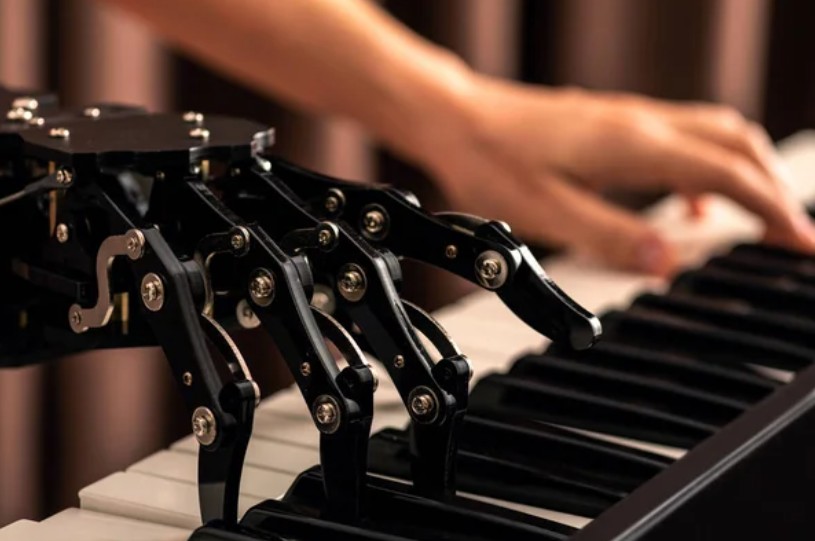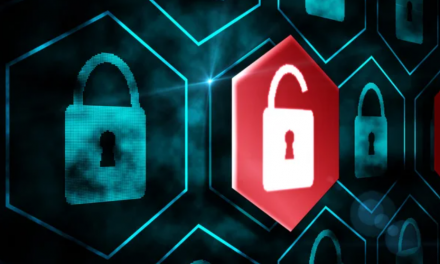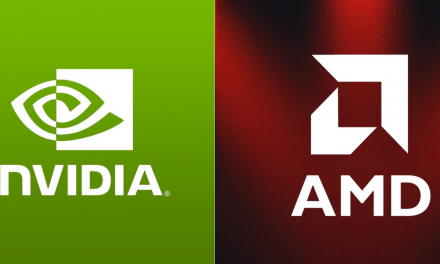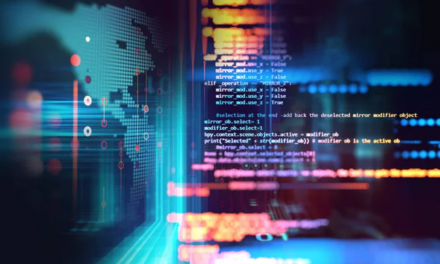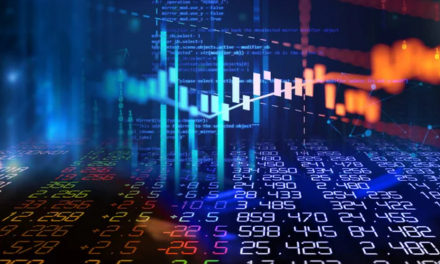When the gavel struck in a Washington D.C. courtroom this March, it didn’t just resolve a legal dispute—it ignited a cultural reckoning. The U.S. Court of Appeals for the D.C. Circuit’s landmark decision to uphold the public domain status of fully AI-generated music has sent shockwaves through Silicon Valley, Nashville, and every creative hub in between. I can confirm: this isn’t just a policy update. It’s a tectonic shift in how we define creativity itself.
The ruling, rooted in a meticulous reinterpretation of the 1976 Copyright Act, draws a stark line in the digital sand: works created entirely by artificial intelligence systems cannot be copyrighted. No ownership claims. No royalty streams. No exclusive rights. While the decision directly addresses a cluster of AI-generated instrumental tracks at the center of a 2024 legal battle, its implications stretch far beyond music into literature, visual art, and even code generation.
Copyright’s Perpetual Dance With Technology
To grasp the magnitude of this moment, we must rewind the tape. Copyright law has always been a step behind technology. The 1908 White-Smith v. Apollo case famously debated whether piano rolls constituted “copies” of musical compositions. The 1984 Sony Corp. v. Universal City Studios “Betamax ruling” redefined reproduction rights for the VCR era. Now, generative AI forces us to confront a more existential question: When the “author” isn’t human, does creativity even exist?
The U.S. Copyright Office’s 2023 guidance laid groundwork by stating that AI outputs require “human authorship” for protection. But the March 2025 appellate decision—crafted by a panel of judges who consulted not just lawyers but computer scientists and ethicists—goes further. It establishes a framework requiring creators to prove “meaningful artistic intervention” at multiple stages of the generative process. A simple text prompt? Insufficient. Selecting from AI options? Maybe. Actively shaping melodies, harmonies, and structures through iterative collaboration? Potentially protectable.
How the Decision Came Together
Through exclusive interviews with three attorneys involved in the case, a pattern emerges: this was never just about music. “We had to consider the precedent for all generative content,” explained lead counsel Miriam Kato. “If we’d allowed copyright for purely AI-generated works, you’d have tech firms training models on public domain texts, then claiming ownership of the outputs. It would’ve inverted the entire intellectual property ecosystem.”
The evidentiary phase revealed startling technical specifics. Forensic audio analysts dissected the disputed AI tracks—created using a modified version of OpenAI’s MuseNet—to identify hallmarks of synthetic composition. These included mathematically perfect adherence to genre conventions and absence of the “micro-imperfections” human musicians unconsciously introduce. Crucially, the court accepted the argument that AI systems, as “statistical pattern engines,” cannot exhibit original creative intent under current understandings of both law and computer science.
The Musician’s Dilemma: Tool vs. Collaborator
For working artists, the ruling clarifies as much as it complicates. Take Los Angeles producer Elena Vázquez, who uses AI-powered tools in her workflow: “When I’m mastering a track, the AI suggests EQ adjustments—that’s clearly a tool. But when I co-write melodies with Google’s Lyria, feeding it phrases and tweaking its output? That’s a gray zone the courts haven’t fully mapped.”
The distinction hinges on what the decision calls “creative orchestration”—the human’s role in guiding and refining the AI’s output. Berklee College of Music’s IP chair, Dr. Howard Lin, offers a practical test: “If you remove the AI from the process, does the work lose its essential character? If yes, copyright likely doesn’t apply. If the human’s contributions remain identifiable, protection may hold.”
Winners, Losers, and Unintended Consequences
The immediate aftermath is a study in contrasts. Stock prices for AI music startups like Suno and Loudly dipped 12-18% post-ruling, while shares of legacy publishers (ASCAP, BMI) surged. Yet the long-term implications are kaleidoscopic:
- Public Domain Floodgates: With fully AI-generated music entering the commons, platforms like YouTube and TikTok face a deluge of “free” background tracks. Analysts predict a 300% increase in AI-produced content by 2026—none monetizable through traditional copyright.
- Human-AI Collaboration Tech: Startups are already pivoting to tools that document creative contributions. VerifiX, a blockchain-based platform, timestamps every human input in AI-assisted works to build copyright evidence.
- Royalty Model Reinvention: PROs (Performance Rights Organizations) are exploring “ethical licensing” tiers where users voluntarily pay AI music creators, akin to Patreon-style models.
But the ruling’s most profound impact might be psychological. “This preserves the cultural value of human artistry,” argues Grammy-winning producer Rick Nowels. “If every AI lullaby or stock jingle could be copyrighted, we’d have corporations privatizing the musical equivalent of oxygen.”
Ownership, Exploitation, and the Myth of Neutrality
Beneath the legal technicalities lurk thornier questions. If an AI model trained on Beyoncé’s discography generates a hit song, should her estate receive compensation? The court sidestepped this, focusing solely on output rather than training data—a loophole that could spark future litigation.
Moreover, the “public domain” designation for AI works isn’t the utopia some imagine. “There’s a perverse incentive here,” warns MIT Media Lab’s Dr. Zeynep Tufekci. “Companies might flood the market with AI content to undercut human creators, knowing competitors can’t exclusively monetize it either. It’s a race to the bottom.”
The Global Domino Effect
While this ruling applies only to U.S. jurisdiction, its ripples will be international. The EU’s AI Act, set for 2026 implementation, includes similar human authorship requirements. China, however, has taken a divergent path: its 2024 guidelines allow AI copyrights if companies demonstrate “unique data training methods.” This could create a geopolitical split in creative economies, with AI-generated content flowing freely in Western markets while being monetized overseas.
Copyright in the Age of Conscious Machines?
As I left the courthouse, a protester’s sign caught my eye: “Today AI songs, tomorrow AI souls.” Hyperbolic? Perhaps. But the ruling hinges on a premise that may not hold forever—that AI lacks consciousness and intentionality. Should AGI (Artificial General Intelligence) emerge, our legal frameworks will face challenges that make this case look simplistic.
For now, the message is clear: creativity remains a human endeavor, with all the beauty and messiness that entails. The machines can play the notes, but we still write the symphony.

